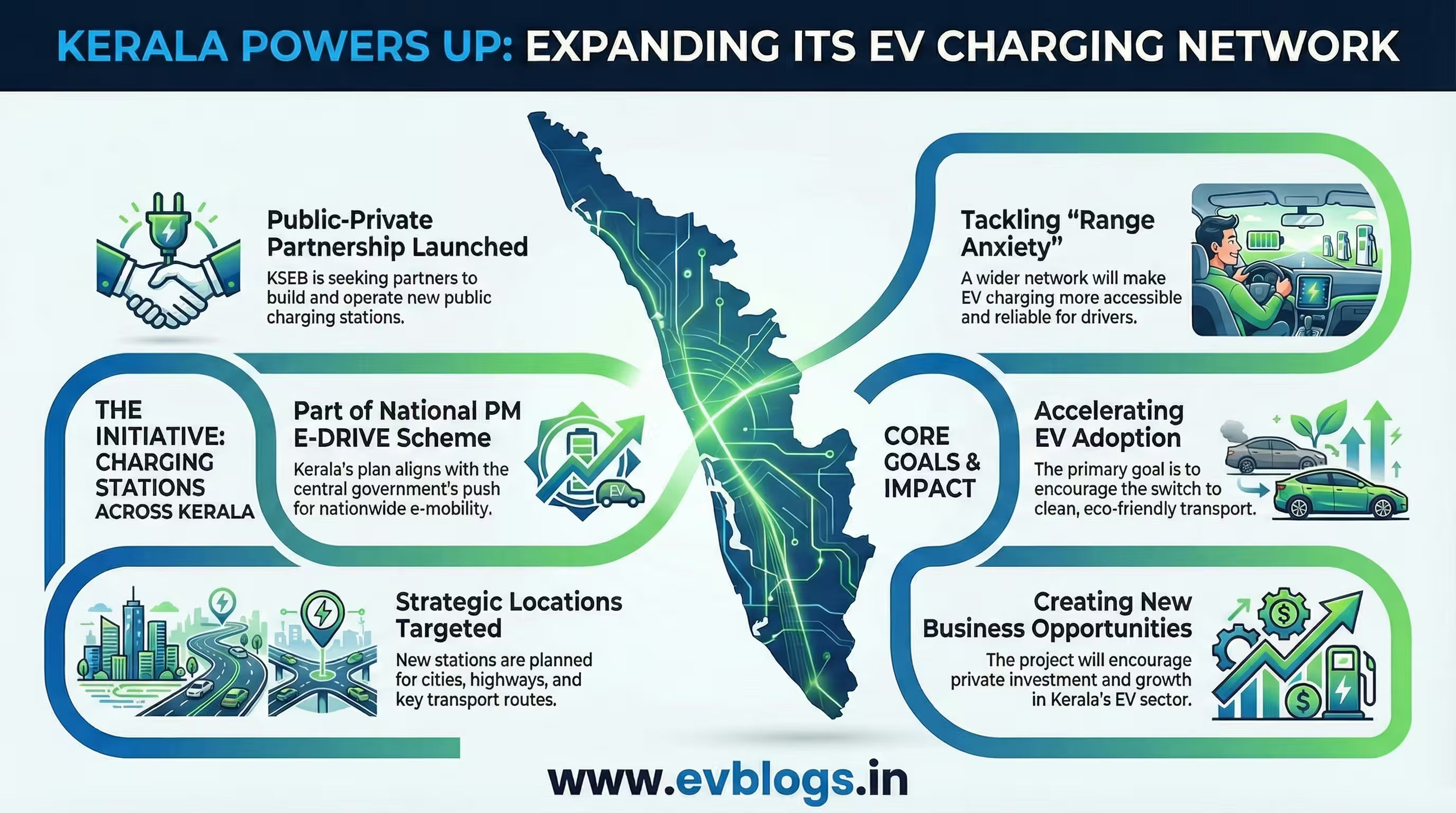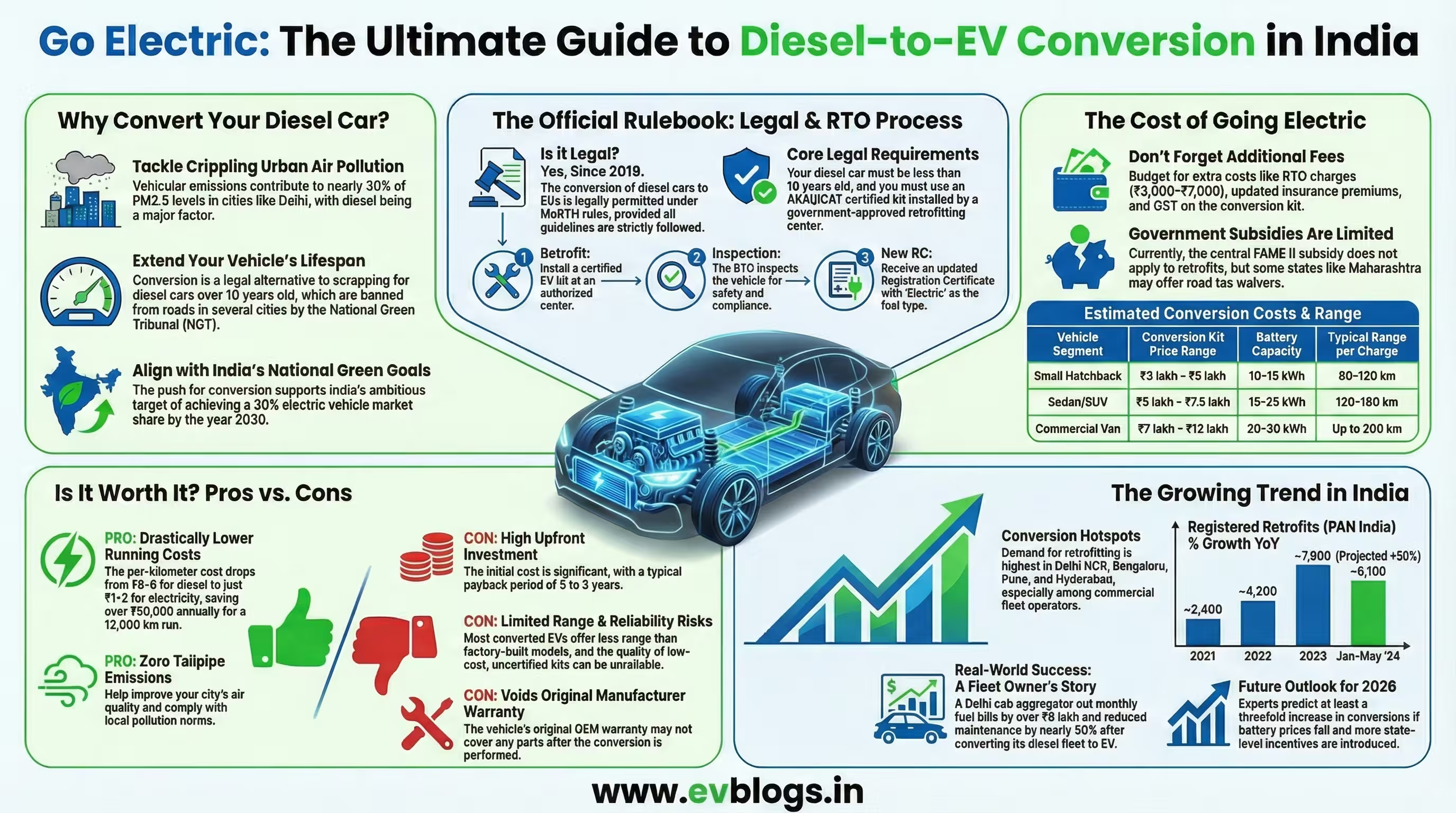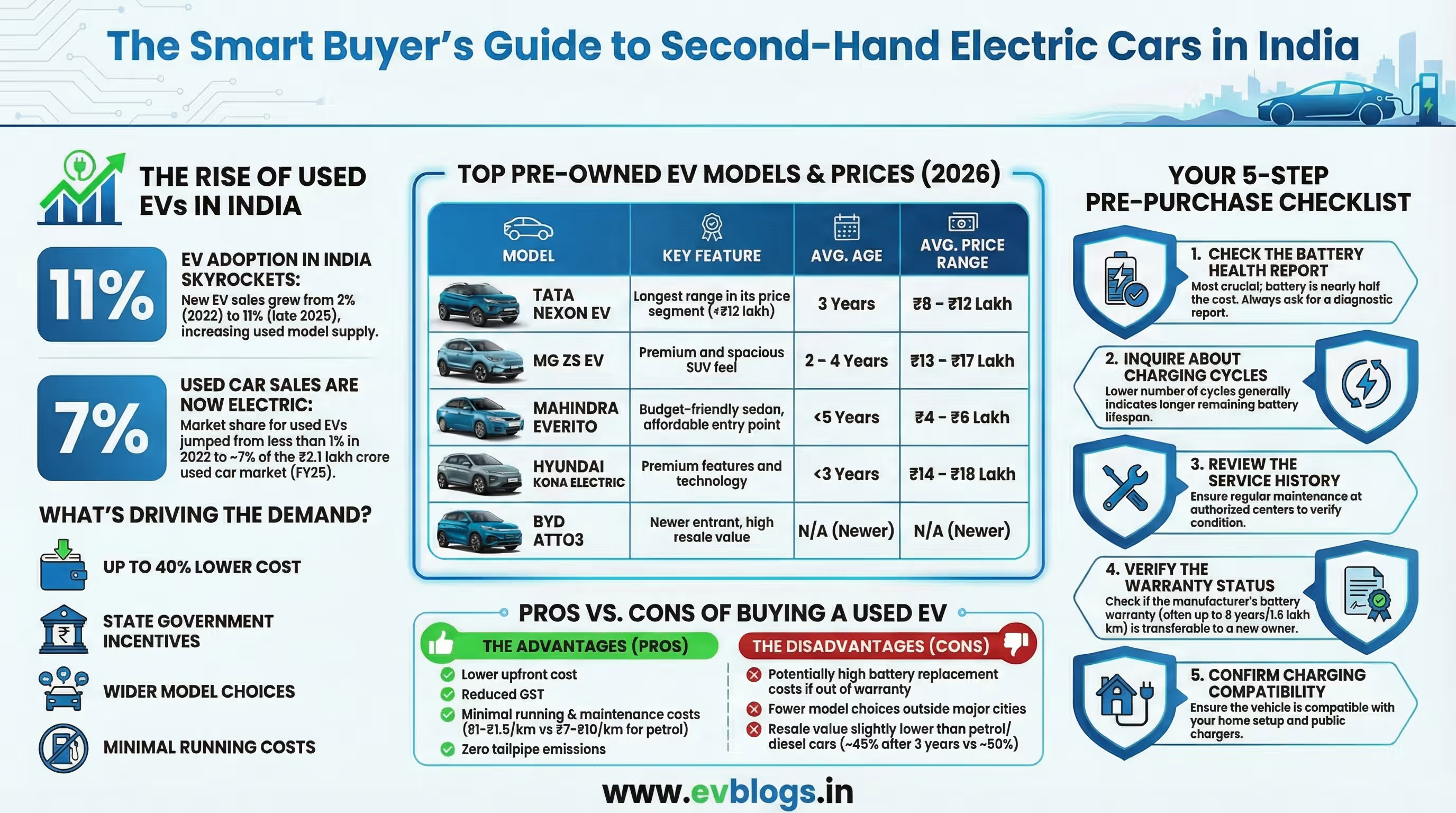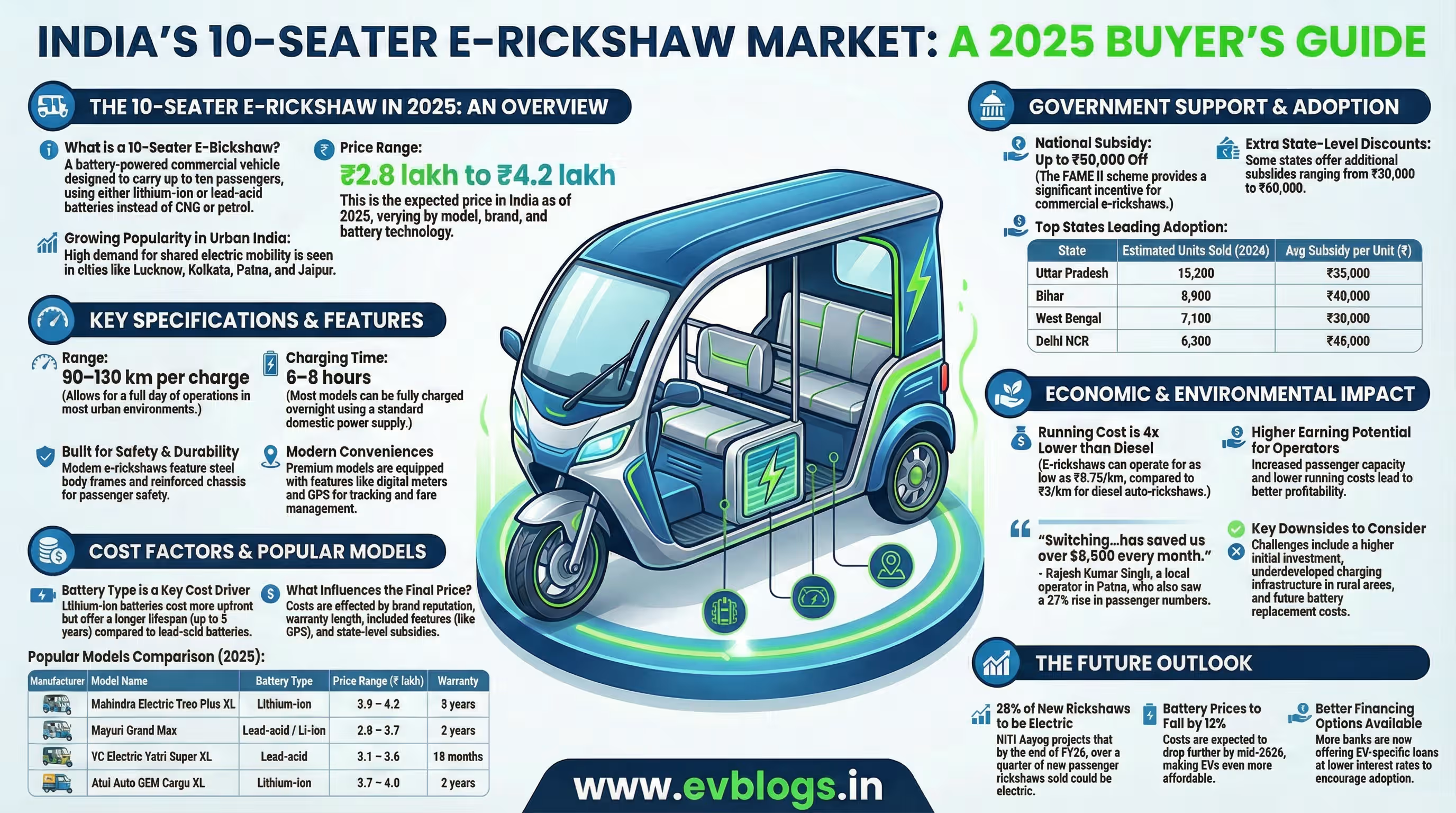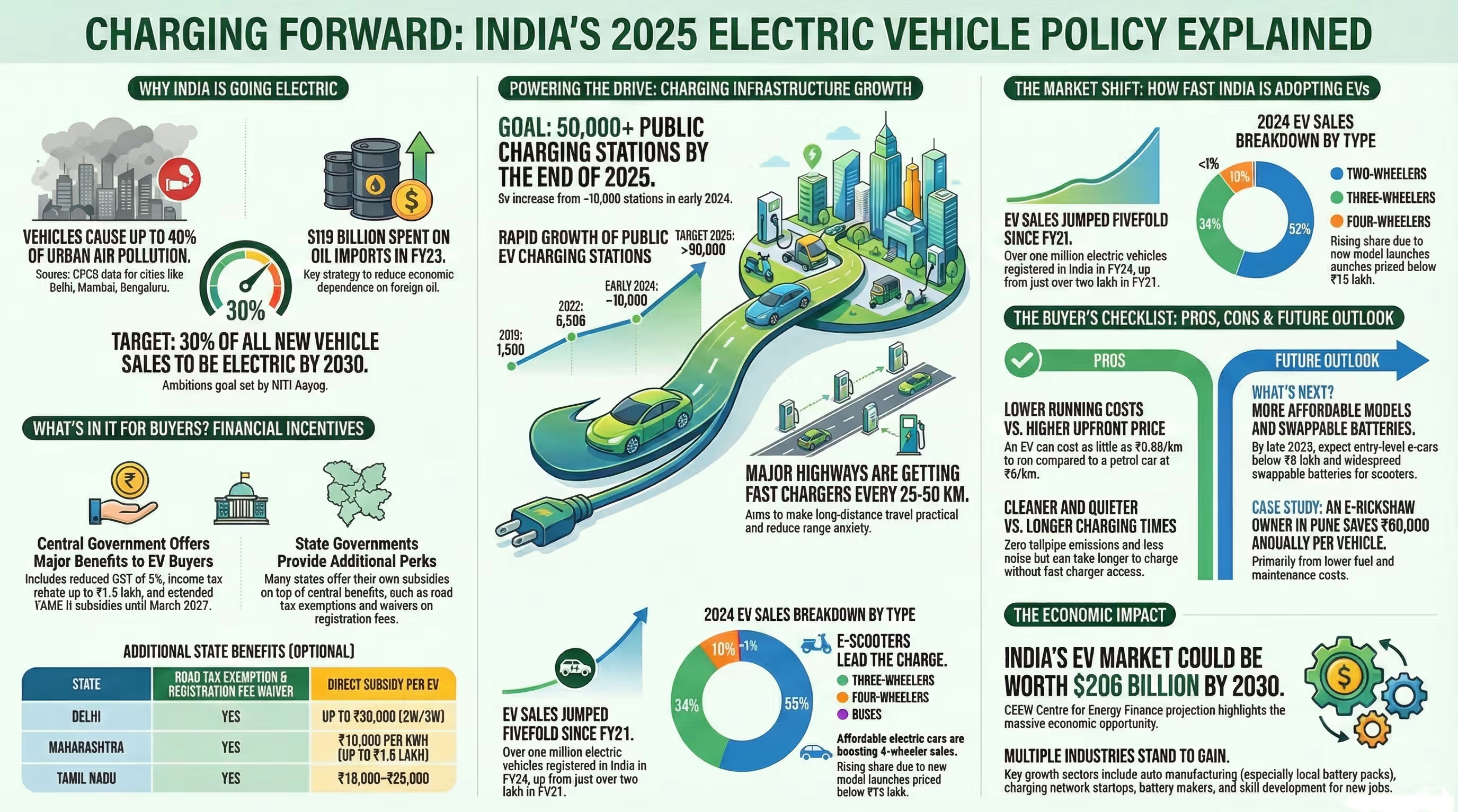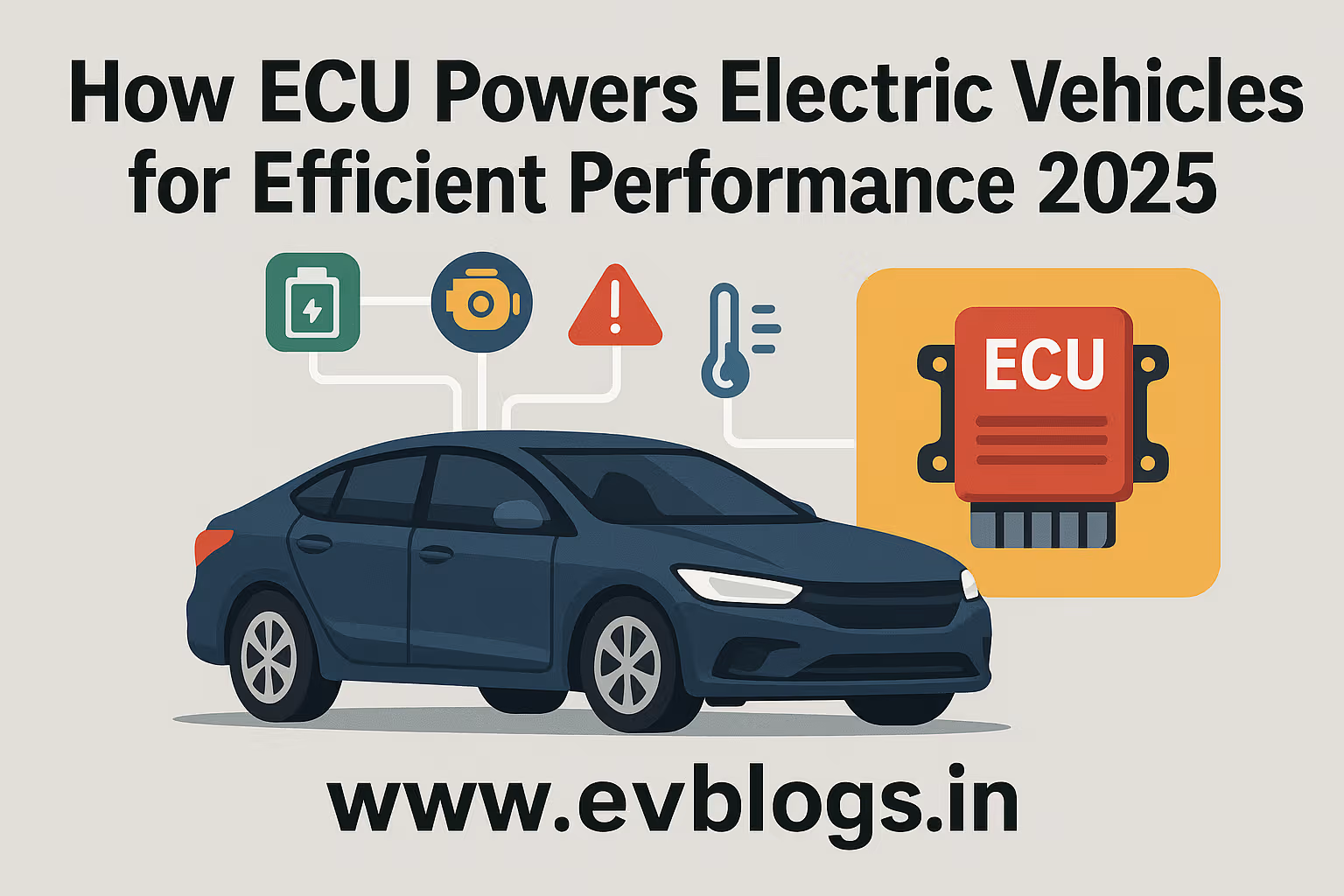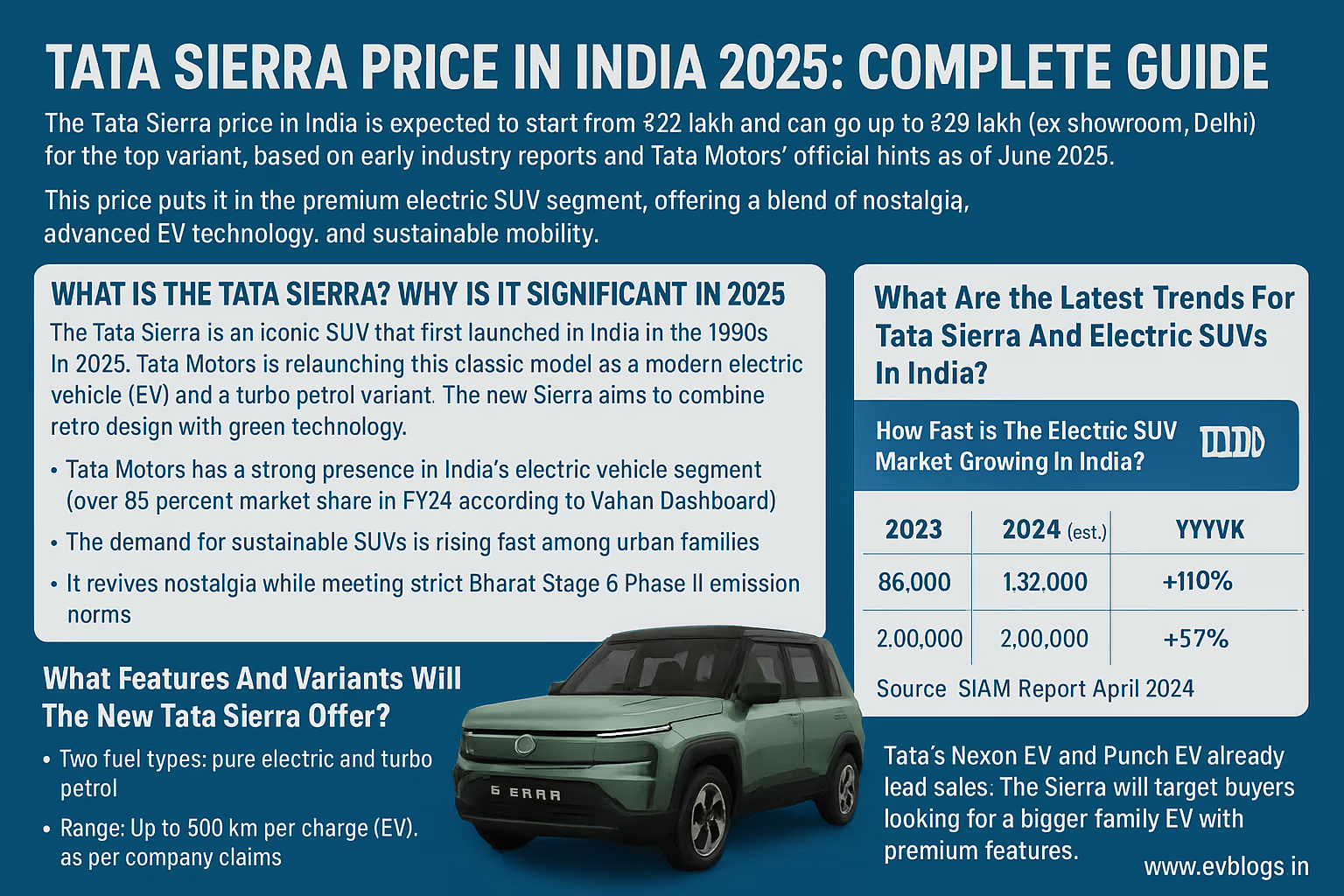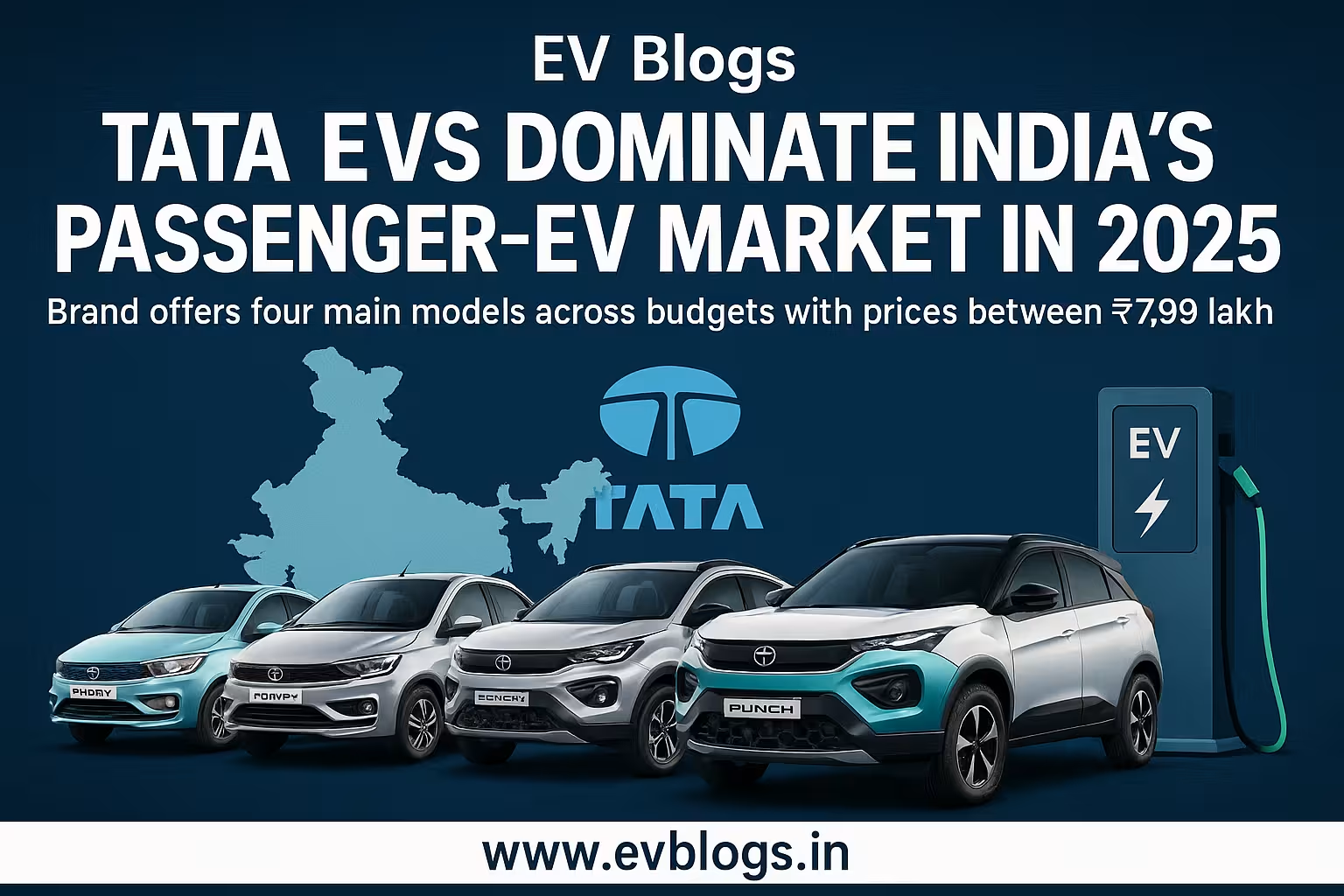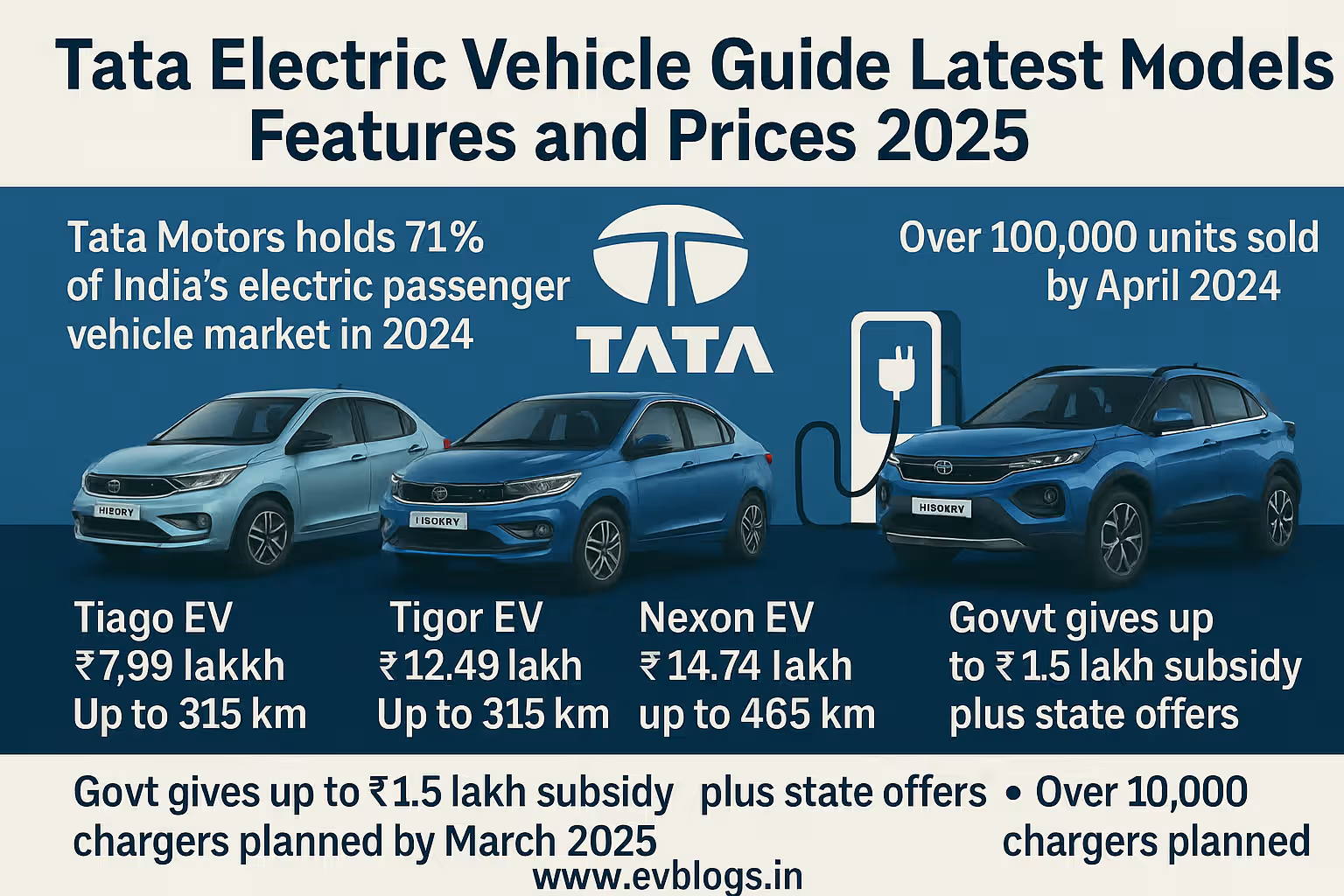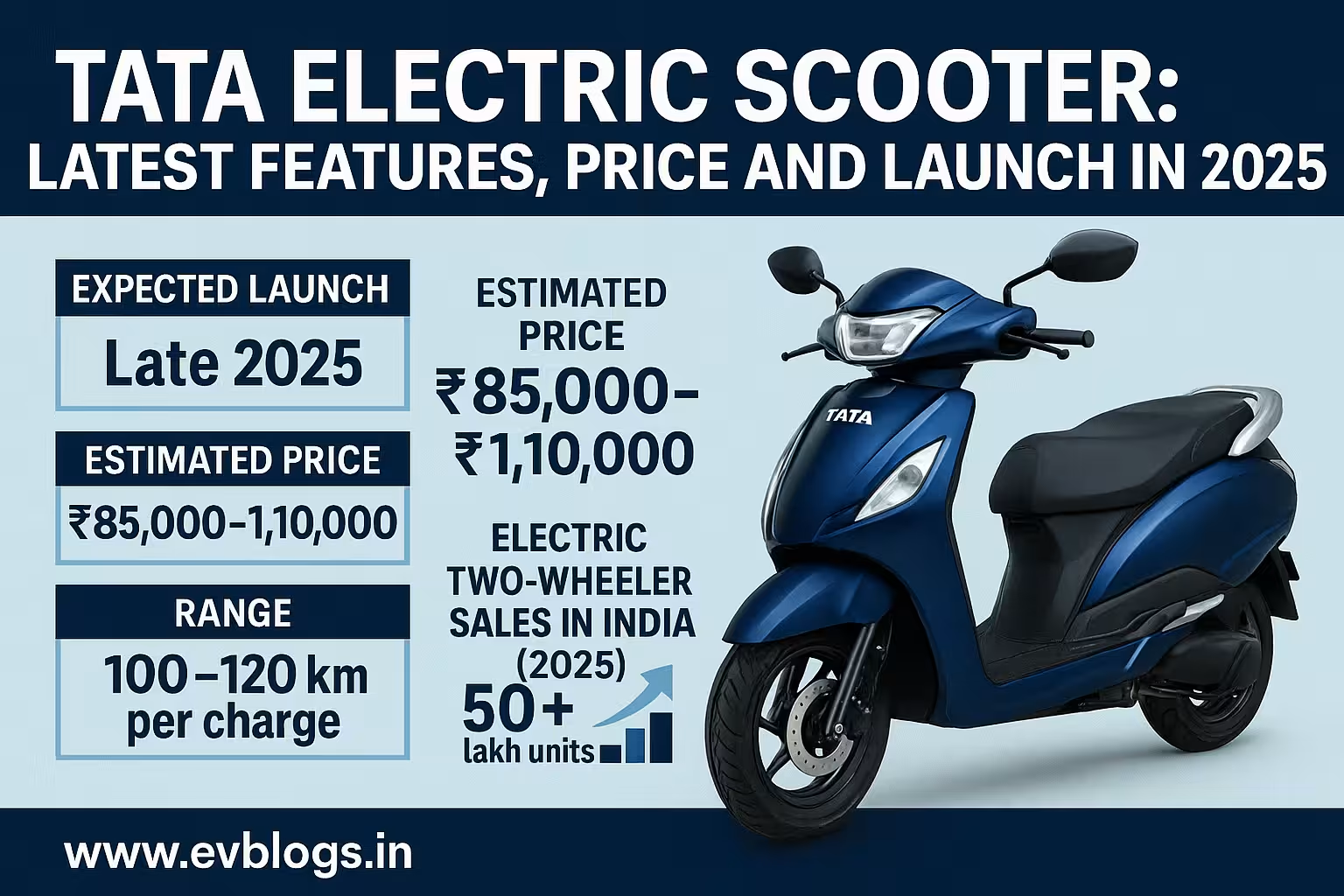Hedhvick Hirav
Hedhvick Hirav is a dedicated EV researcher and editor with over 4 years of experience in India’s growing electric vehicle ecosystem. Their contributions have been recognized in leading sustainability publications and automotive journals.
Summarize & analyze this article with
Choose an AI assistant and open this article directly:
Tip: if the AI doesn’t fetch the page automatically, paste the article URL manually.

Electric Vehicle Subsidy in Haryana: 2025 Guide for Users
Introduction: Why Haryana’s EV Subsidy Matters Today
As India moves toward a sustainable, cleaner future, electric vehicles (EVs) have become a central focus for both policymakers and consumers. In recent years, states like Haryana have taken significant strides to accelerate EV adoption by offering attractive subsidies and incentives. These measures are not only about reducing vehicle emissions but also about lowering fuel costs for families, creating new jobs, and building a robust green economy.
In 2025, with the government’s vision of achieving net-zero emissions and major auto manufacturers launching new EV models, understanding Haryana’s electric vehicle subsidy scheme is more important than ever. Whether you’re a daily commuter in Gurugram, an entrepreneur in Faridabad considering EV fleets, or simply an environmentally conscious citizen, this guide will help you navigate the state’s evolving EV policies.
Understanding Haryana’s Electric Vehicle Policy
What Is the Haryana EV Policy?
The Haryana Electric Vehicle Policy 2022, updated through 2024 and set to be valid until July 2027 (or until funds last), is among the most forward-thinking state policies in India. Its goal is to make EVs affordable and accessible while boosting local manufacturing and infrastructure.
Key objectives include:
- Reducing vehicular air pollution
- Promoting domestic manufacturing of EVs and their components
- Creating jobs in the green sector
- Establishing charging infrastructure across cities and highways
The policy covers subsidies for electric two-wheelers, three-wheelers (including e-rickshaws), cars, buses, commercial vehicles, charging stations, and even battery swapping stations.
Key Features & Facts of Haryana’s EV Subsidy Scheme
| Segment | Type | Maximum Subsidy | Additional Benefits |
|---|---|---|---|
| Two-wheelers | Private/Commercial | Up to Rs 25,000 | Road tax & registration waiver |
| Three-wheelers | E-rickshaw/E-auto | Up to Rs 50,000 | Road tax & registration waiver |
| Four-wheelers | Private/Commercial | Up to Rs 1 lakh | Road tax & registration waiver |
| Electric Buses | Commercial | Up to Rs 20 lakh | GST reimbursement (as per policy) |
| Charging Stations | Public/Private | Up to Rs 10 lakh | Land lease incentives |
Note: The subsidy amount varies based on vehicle category, battery capacity, ex-showroom price cap, and whether it’s manufactured in Haryana.
Who Can Benefit? Eligibility Criteria Explained
General Eligibility
To avail the subsidy:
- The buyer must be a resident of Haryana.
- The EV must be registered in Haryana.
- The vehicle should be purchased between July 10th, 2022 and July 9th, 2027 (or until funds are available).
- Only one vehicle per individual under the subsidy scheme.
- Vehicles must be bought from authorized dealers or OEMs approved by the state government.
Specific Requirements by Vehicle Type
Two-Wheelers (E-Bikes/Scooters)
- Must have an advanced battery (Li-ion or equivalent; lead-acid batteries are not eligible).
- Minimum ex-showroom price: Rs 50,000.
- Only vehicles listed under FAME II or approved by Haryana Transport Department.
Three-Wheelers (E-Rickshaws/E-Autos)
- Must use advanced batteries.
- Vehicles should meet safety norms as notified by MoRTH or relevant authority.
Four-Wheelers
- Eligible if ex-showroom price is below Rs 15 lakh for private vehicles.
- Additional incentives for vehicles manufactured within Haryana.
Buses & Commercial Vehicles
- Focus on public transport operators/fleet owners.
- Higher incentives for locally manufactured units.
Charging Stations/Battery Swapping
- Open to individuals/companies setting up public charging points.
- Location must comply with urban planning guidelines.
Benefits of the Haryana EV Subsidy Scheme
Financial Savings
Subsidies directly lower upfront purchase costs—a major barrier for many buyers. Coupled with road tax and registration fee waivers (valid up to five years), total ownership costs drop significantly.
Example:
A family buying an electric scooter costing Rs 1 lakh can save up to Rs 25,000 via subsidy plus several thousand rupees more on waived taxes.
Environmental Impact
With every petrol/diesel vehicle replaced by an EV:
- Local air quality improves
- Carbon footprint is reduced
- Noise pollution drops
Support for Businesses & Startups
Entrepreneurs can launch e-mobility services with lower capital investment. Fleet operators benefit from both upfront subsidies and operational savings due to lower fuel/maintenance costs.
Boosting Local Manufacturing & Jobs
Vehicles made within Haryana attract higher subsidies. This incentivizes companies like Hero Electric and Okinawa Autotech—both with plants in Gurugram—to expand operations locally. Result: more jobs and skill-building opportunities for residents.
Step-by-Step: How to Claim Your EV Subsidy in Haryana
Claiming your subsidy can seem daunting. Here’s how to do it smoothly:
Step 1: Choose an Eligible Vehicle & Dealer
Ensure your preferred model is listed under FAME II or recognized by the state government. Purchase only from authorized dealers in Haryana.
Step 2: Prepare Documentation
You’ll need:
- Proof of residence (Aadhaar card/voter ID)
- Valid invoice from dealer
- Bank details (for direct transfer)
- Registration certificate
- PAN card (optional but recommended)
Step 3: Register Your Vehicle
Register your new EV at your local Regional Transport Office (RTO). Ensure all paperwork mentions that it’s an electric vehicle.
Step 4: Apply Online for Subsidy Reimbursement
The Department of Transport has set up an online portal (https://evportal.haryana.gov.in) dedicated to processing applications. Fill out the required forms and upload scanned documents as per instructions.
Step 5: Wait for Approval & Disbursement
After verification (usually within four weeks), the eligible subsidy amount is credited directly into your bank account. For commercial buyers or fleet operators, follow-up documentation may be required.
Expert Insights: What Industry Leaders Are Saying About Haryana’s Approach
Dr. Sandeep Singh, Head of Transport Studies at NIT Kurukshetra:
“Haryana’s targeted incentives have directly contributed to higher adoption rates among both consumers and businesses. By coupling financial support with manufacturing incentives, they’re building a sustainable ecosystem rather than just pushing sales.”
Priya Mehra, Gurgaon-based e-mobility entrepreneur:
“The application process has improved since everything went digital. Timely disbursement has made it easier for small businesses like ours to scale up e-rickshaw fleets.”
Rajat Kapoor, Senior Analyst at CEEW:
“Compared to other states like Maharashtra or Delhi—which offer slightly higher cash subsidies—Haryana stands out because of its focus on local production-linked benefits.”
Practical Tips: Making the Most of Your EV Purchase in Haryana
- Compare Total Cost of Ownership: Factor in electricity rates vs petrol/diesel savings over five years—not just upfront costs.
- Verify Dealer Credentials: Choose dealers officially registered with both FAME II and state authorities.
- Check Battery Warranty: Longer warranties reduce maintenance risk; some manufacturers offer up to five years.
- Explore Charging Options: Ask about home charger installation bundled with purchase; check proximity of public charging stations using apps like PlugShare.
- Watch Out for Policy Updates: Government notifications sometimes add new models or revise eligibility—visit official portals regularly before making final purchase decisions.
- Business Users: If setting up fleets or charging stations, consult with legal/tax experts about additional GST reimbursements or land lease terms offered under state policy.
Comparing Haryana’s Subsidy With Other States in India (2025 Snapshot)
| State | Max Two-Wheeler Subsidy | Max Four-Wheeler Subsidy | Registration/Road Tax Waiver | Unique Feature |
|---|---|---|---|---|
| Haryana | Up to Rs 25k | Up to Rs 1 lakh | Yes | Extra benefits for local OEMs |
| Delhi | Up to Rs 30k | Up to Rs 1.5 lakh | Yes | Higher cap on four-wheelers |
| Maharashtra | Up to Rs 15k | Up to Rs 1 lakh | Yes | Early-bird bonuses |
| Gujarat | Up to Rs 20k | No four-wheeler subsidy | Yes | Fastest disbursal system |
| Karnataka | No direct cash subsidy | No direct cash subsidy | Yes | Focus on fast chargers |
Note: Figures may vary year-on-year; always check official notifications before purchase.
Real Use-Cases: How People Are Benefiting From the Subsidy
Case Study #1:
A student from Rohtak bought a Hero Optima E-scooter under the scheme.
Result: Saved nearly Rs 30,000 overall including waived fees; uses solar power at home for charging—monthly travel cost now less than mobile phone bill!
Case Study #2:
A logistics startup in Faridabad upgraded its delivery fleet with Tata Tigor EVs.
Result: Received over Rs 8 lakhs as direct subsidy plus GST reimbursement; fleet maintenance costs dropped by nearly half compared to diesel vans.
Case Study #3:
A retired couple in Hisar purchased an MG ZS electric SUV.
Result: While initial cost was high even after subsidy (~Rs 22 lakhs), they enjoy peace-of-mind driving without fuel worries—and appreciate government support that made their transition possible.
Frequently Asked Questions (FAQ)
Q1: Can I get the subsidy if I buy an EV outside Haryana but register it here?
No; only vehicles purchased from authorized dealerships within Haryana are eligible under this policy.
Q2: How long does it take for the subsidy amount to reach my bank account?
Typically within four weeks after successful application verification; times may vary during high-demand periods.
Q3: Are second-hand electric vehicles eligible?
No; only brand-new purchases qualify under current guidelines as of mid-2025.
Q4: Do I need a special electricity connection at home for charging?
Not necessarily—most two-wheelers/three-wheelers charge via regular sockets; however, four-wheelers may require dedicated home charging points which dealers can help install.
Q5: What documents are essential when applying? You’ll need proof of residence, dealer invoice, registration certificate, bank details for direct transfer—and optionally PAN card/Aadhaar card as ID proofs.
Q6: Is there any income limit or age restriction? No income ceiling or age bar exists as long as you’re an adult resident purchasing a personal/commercial vehicle under your name/business entity registered in Haryana.
Conclusion & Key Takeaways
Haryana’s electric vehicle subsidy scheme stands out as one of India’s most practical user-focused policies—offering direct financial relief while nurturing local industry and infrastructure growth. As India pushes toward its ambitious green mobility targets for Vision@2047, these policies will play a vital role not only in reducing pollution but also empowering ordinary citizens with cleaner transport options that make financial sense today—not just tomorrow.
If you’re considering switching to electric mobility—whether as an individual or business owner—now is arguably the best time thanks to generous subsidies combined with falling battery prices and expanding charging networks across cities like Gurugram, Faridabad, Karnal and beyond.
Ready to make your move? Visit your nearest authorized dealer or check official portals regularly before purchase—this way you maximize both savings and peace-of-mind under one of India’s most progressive state-level EV initiatives.


